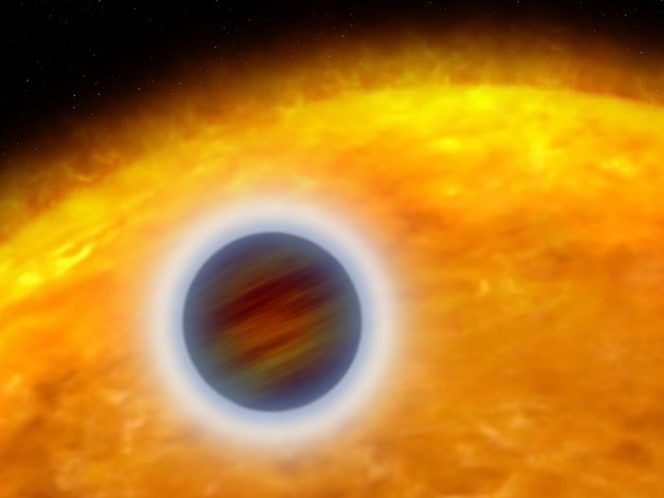
Following the path traced by stellar astrophysics research, the Observatory has placed itself at the forefront of the study of extrasolar planets, with the main interest directed to the studies of exoplanetary atmospheres, through the analysis of data from high-resolution spectroscopic observations and their subsequent interpretation.
Among the main projects and activities in this field, often in collaboration with different groups at national and international level:
1) GAPS project (Global Architecture of Planetary Systems, https://theglobalarchitectureofplanetarysystems.com/) – Discovery and characterization of planetary systems possible thanks to the high-resolution spectrographs HARPS-N (optical) and GIANO-B (infrared) at the Telescopio Nazionale Galileo (La Palma, Canary Islands); the Observatory is at the forefront in particular for the study of exoplanetary atmospheres (leading the Large Programme BRIDGES), and of star-planet interactions;
2) the study of the extreme ultraviolet activity of particular types of “dwarf” stars, which being small allow to find planets in their habitable zone more easily. For this type of stars it is important to understand if, and how, the intense ultraviolet activity can influence the atmosphere of their planets and the possible formation of life;
3) the characterization of the stars that will be targets of the ESA Ariel mission for the study of the atmospheres of exoplanets (launch planned in 2034), in order to improve the precision in the knowledge of fundamental planetary parameters such as mass and radius;
4) the Observatory is also involved in the preparatory phases of the PLATO space mission, an ESA mission (launch planned in 2026) whose main objective is the discovery of terrestrial planets in the Habitable Zone around stars similar to the Sun.
Staff
Borsa Francesco
Poretti Ennio
Rainer Monica
